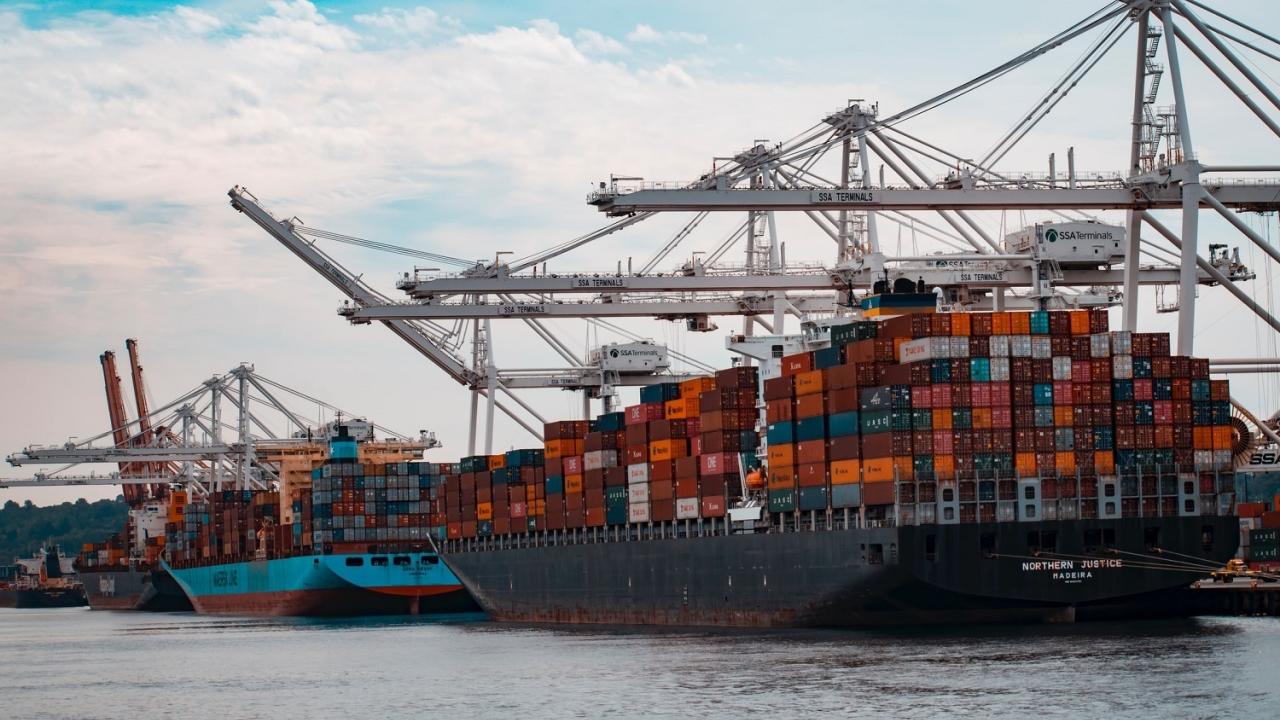
Mexican exports to that destination totaled US$424.4 billion, followed by Canada, US$343.8 billion.
With the results from January to October released Thursday by the Census Bureau, Mexico has virtually secured its second consecutive year as the United States' top trading partner.
In those 10 months, Mexico had a 15.9% share of total U.S. imports and exports of products.
Next were Canada (14.4%), China (10.9%), Germany (4.5%) and Japan (4.3%).
Mexico's cumulative exports to that destination were US$424.4 billion, followed by Canada's US$343.8 billion.
Conversely, Canada remained the main destination for US foreign sales, with US$293.3 billion, although it was increasingly close to Mexico, with US$282.5 billion.
After Canada became the United States' top trading partner in 2014, China took the lead in the following four years, until Mexico displaced it in 2019, benefiting from the trade war between the United States and China. But the latter country regained the lead in 2020, being one of the economies least affected by the Covid-19 pandemic.
In the United States, the economy continues to see high growth rates, driven primarily by growth in household consumption.
Even so, the Federal Reserve Bank (Fed) has been able to normalize its monetary policy by lowering the reference rate by 75 basis points this year.
However, according to the Mexican Institute of Financial Executives (IMEF), the possibility of the Fed continuing with a rate-cutting cycle has recently been reduced due to the economic policy program of President-elect Donald Trump, which could cause inflation to resume an upward trend.
Likewise, the perception that inflation has fallen from its recent peak levels above 9.0% to levels of around 2.5% is more due to the dissipation of the shocks of the pandemic, than due to an evident slowdown in economic activity, caused by the Fed's monetary restriction.
As the United States is the main trading partner, the majority of Mexican trade is cross-border, consisting of finished goods or others that participate in global value chains, resulting from the strong presence of assembly industries.
Currently, the three main commercial partners of the United States face challenges from the threat of President-elect Donald Trump to impose tariffs on them under different arguments, some linked to migration and drug trafficking.









